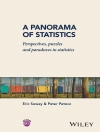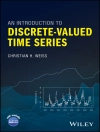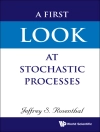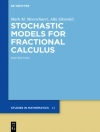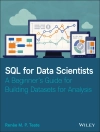The study of earthquakes is a multidisciplinary field, an amalgam of
geodynamics, mathematics, engineering and more. The overriding
commonality between them all is the presence of natural randomness.
Stochastic studies (probability, stochastic processes and statistics) can
be of different types, for example, the black box approach (one state),
the white box approach (multi-state), the simulation of different aspects,
and so on. This book has the advantage of bringing together a group of
international authors, known for their earthquake-specific approaches,
to cover a wide array of these myriad aspects.
A variety of topics are presented, including statistical nonparametric and
parametric methods, a multi-state system approach, earthquake
simulators, post-seismic activity models, time series Markov models
with regression, scaling properties and multifractal approaches, selfcorrecting models, the linked stress release model, Markovian arrival
models, Poisson-based detection techniques, change point detection
techniques on seismicity models, and, finally, semi-Markov models for
earthquake forecasting.
Über den Autor
Nikolaos Limnios is Full Professor of Applied Mathematics at Universite
de Technologie de Compiegne, Sorbonne University, France. His
research interests include stochastic processes and statistics, Markov
and semi-Markov processes and random evolutions with varied
applications.
Eleftheria Papadimitriou is Professor of Seismology at the Aristotle
University of Thessaloniki, Greece. Her research interests are related to
Earthquake Seismology and she engages in scientific exchange and
collaboration with several international institutions.
George Tsaklidis is Professor of Probability and Statistics at the Aristotle
University of Thessaloniki, Greece. His research interests include
stochastic processes and computational statistics with applications in
seismology, finance and continuum mechanics, and state-space
modeling.







